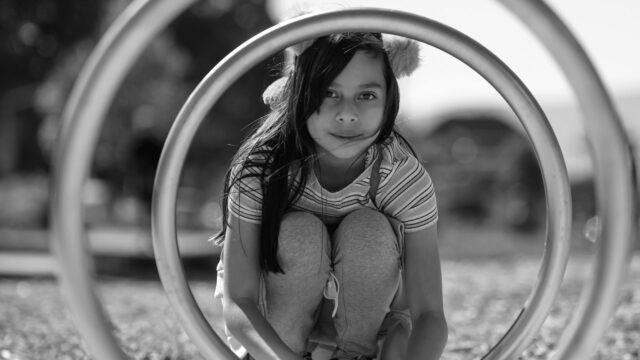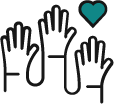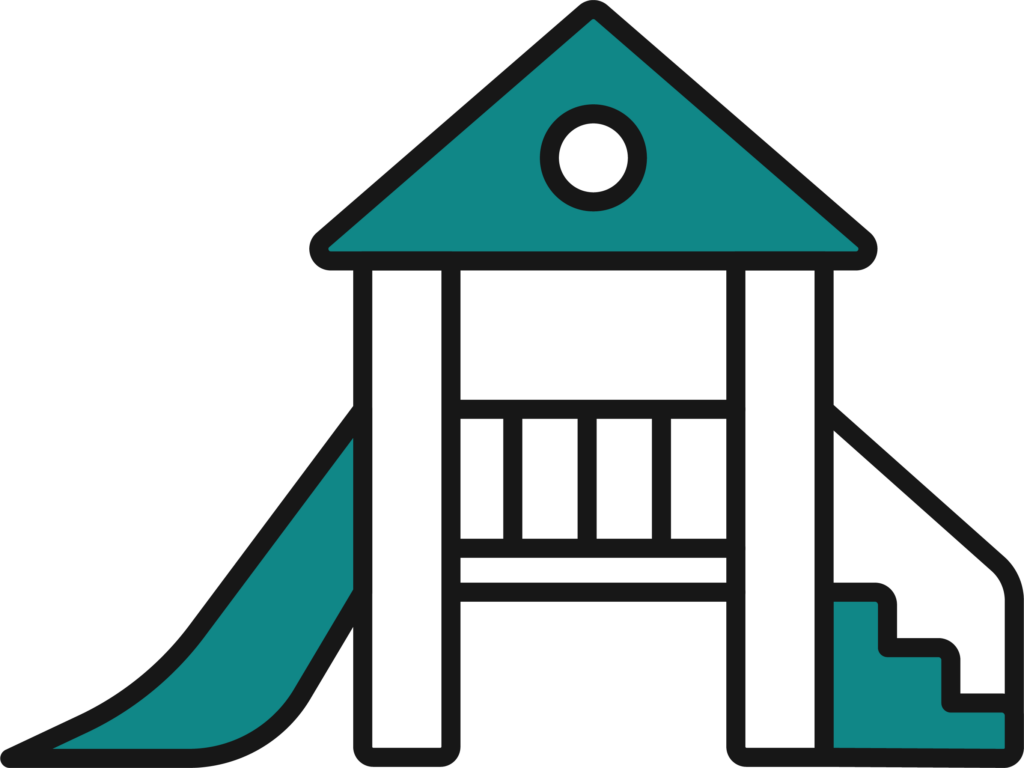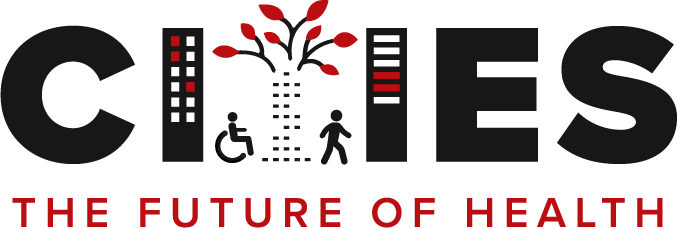Frontline Blog
Health and quality of life outcomes
May 2022

The interplay between the drivers of inequity, structural tools, and social determinants of health ultimately influences a variety of health and quality-of-life outcomes across communities.
Below are some of the community health and quality-of-life outcomes[1] that result when we achieve more equitable structures and positive social determinants of health. In short, these are the ideals we are working toward:

Physical and mental health, which includes being free of injury or illness, as well as coping with the stresses of everyday life.

Gainful employment and livable wages, which includes the extent to which people have jobs that provide living wages that allow them to meet their household’s needs and provide sufficiently for their families without working multiple jobs to simply make ends meet.

Safe and stable housing and neighborhoods, including having housing that is free from health hazards and built in safe, walkable communities. Housing policies and housing instability can have a big impact on social connectedness, which is critical to the health of communities.

Educational achievement, which can include the quality of education and the rates at which high school and college students successfully graduate, as well job readiness training that matches economic opportunities.

Access to affordable and high-quality goods and services, such as public transit and grocery stores.

Community connectedness, engagement, and participation, such as voting in elections, engaging in civic activities, or attending public meetings.

Community safety, which includes people living free from fear of, and harm from, violence, reflected in both data and in perceptions of safety, where families experience a predictable level of safety and both residents and others perceive the community to be safe.
[1] Quality of life (QOL) is defined by the World Health Organization as “an individual’s perception of their position in life in the context of the culture and value systems in which they live and in relation to their goals, expectations, standards and concerns.” QOL is connected to the concept “health-related quality of life,” which is defined by the Centers for Disease Control and Prevention as “an individual’s or group’s perceived physical and mental health over time.” (WHOQOL – Measuring Quality of Life| The World Health Organization; HRQOL Concepts | CDC)
